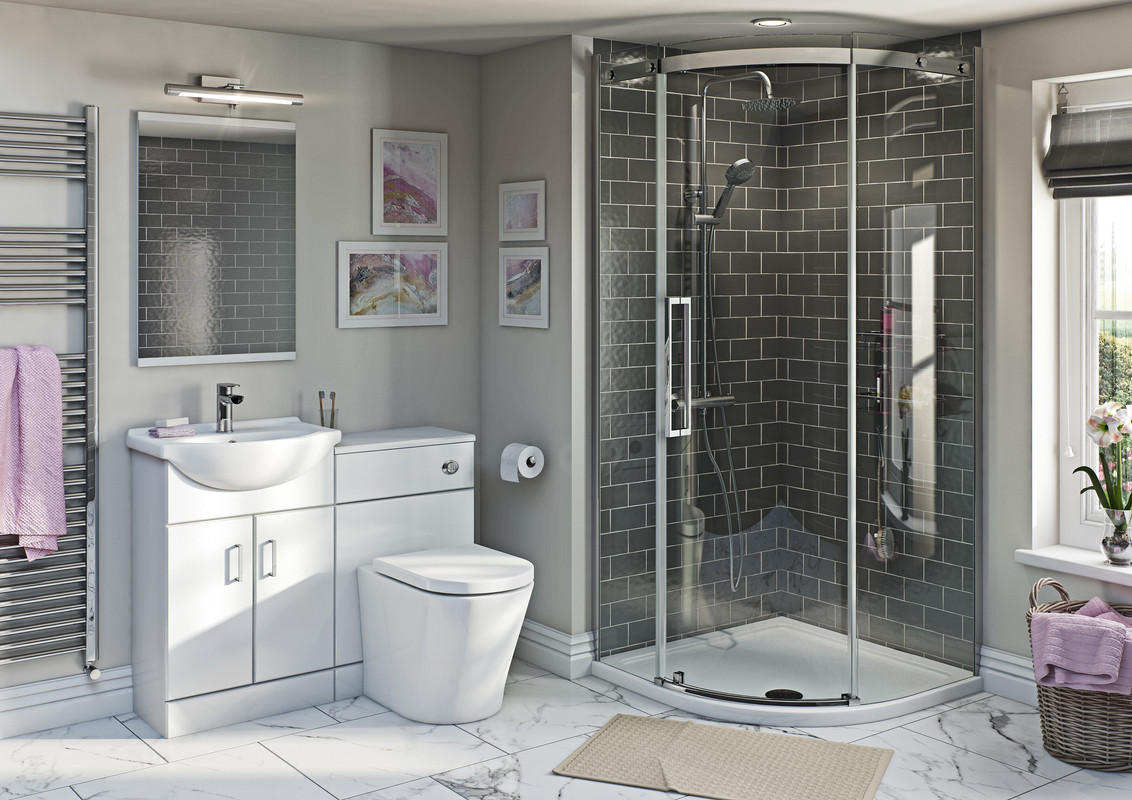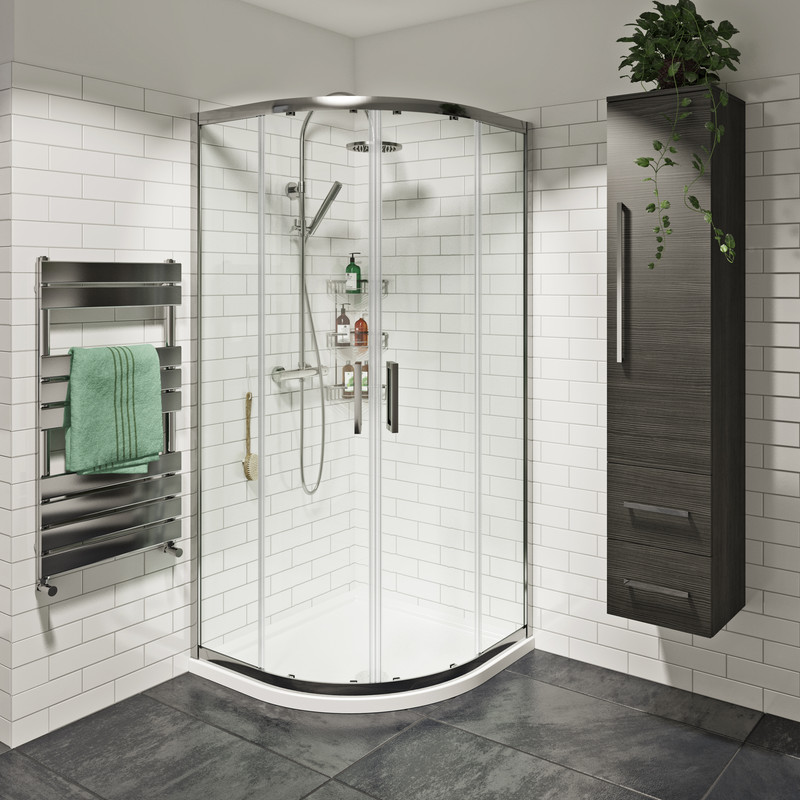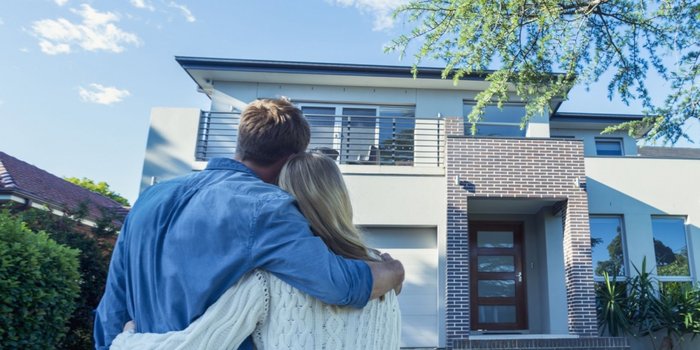Save on your water bills with these 7 great water-saving tips
Whilst we’ve all been a little distracted by politics over the past 12 months, one thing that does seem to be on everyone’s lips is water. Thanks in no small part to the long, hot summer we all experienced in 2018, this topic has certainly come into sharp focus.
In a recent BBC article, it is claimed that water bills are too expensive, and many families are struggling to pay them. One lady even goes on to say that she sometimes has to miss out on flushing the toilet or washing, as her rates have risen by 35%.
Whilst money is a real concern for many families across the UK, there are some simple ways you can conserve water and save on bills.

Tip 1
Make sure your toilet is WRAS approved. The Water Regulations Advisory Scheme encourages the efficient use of water and provide approval for many bathroom products. They suggest that toilets come with a dual flush, with the larger of the two being no more than 6 litres in capacity. If your toilet isn’t WRAS approved, you could potentially be wasting up to 60 litres per day.
Tip 2
Showering has been steadily gaining popularity since the latter half of the 20th century, not least because it allows us to have a quicker, all-over wash which fits in with our increasingly hectic lifestyles. However, one major advantage it has over bathing is that it uses, on average, 40% less water.
Tip 3
When choosing your shower, look for models which offer a flow limiter or an eco mode. In most cases, you really won’t tell the difference between full flow and a restricted setting, and it could bring further savings on your water bill.

Tip 4
To save water in your home, it’s often the simplest tips which are the most effective. When brushing our teeth, it is estimated that we can use up to 10 litres per minute. By simply turning off your tap as you brush, you could potentially be saving 350 litres every week—that’s a lot of water!
Tip 5
Whilst you may love the idea of a bath made from steel or some other more traditional material, it’s acrylic which could save you cash in the long run. As well as being incredibly hardwearing with superb resistance to stains and scratches, acrylic also retains heat better, meaning it’ll keep your bath water warmer for longer. So, you really shouldn’t need to keep topping it up.
Tip 6
It certainly pays to check your taps and plumbing for leaks on a regular basis. It is estimated that a dripping tap, if not dealt with, could waste around 4,500 litres over the course of a year. So, make sure dripping taps are replaced as soon as possible—it really isn’t expensive or difficult to do.
Tip 7
Finally, one simple trick you can use to ensure you’re not using as more water than you should, is to set a time limit on your morning shower. You can do this by setting a timer on your phone or by using a digital or smart shower, which will automatically stop at your desired time. Not only will this help you save money, it can also help you get to work on time.
With debts potentially impacting on pensions, affecting the way we live later in life, it really does pay to address issues with bills. Helping to conserve water in your home doesn’t just help reduce your costs, it also means you’re doing your bit for the environment. So, the next time you take a shower instead of a bath or replace a dripping tap, just think of the satisfaction you’ll feel.
